The annual migration of animals across vast distances has long fascinated scientists and conservationists alike. For decades, researchers relied on rudimentary tracking methods like banding or radio telemetry to monitor these journeys. Now, a revolutionary technology is transforming our understanding of animal movements: satellite-enabled smart collars.
These high-tech collars represent a quantum leap in wildlife tracking technology. Unlike their predecessors, which provided limited data points, modern smart collars equipped with satellite uplinks can transmit an animal's precise location, physiological data, and even environmental conditions in near real-time. This continuous stream of information creates detailed movement maps that reveal not just where animals go, but how they interact with their changing world.
The implications for conservation science are profound. For species like caribou, sea turtles, or elephants that traverse international boundaries, understanding their migration routes is crucial for protection efforts. Traditional tracking methods often left gaps in movement data when animals moved beyond radio range or when researchers couldn't physically follow them. Satellite collars eliminate these blind spots, painting complete pictures of migratory pathways that span continents and oceans.
What makes these devices truly remarkable is their sophisticated sensor suite. Modern smart collars don't just track location through GPS; they can monitor heart rate, body temperature, ambient temperature, and even detect specific behaviors like feeding or resting. This biometric data, combined with precise movement patterns, allows researchers to understand how environmental stressors affect migrating populations. When a collared animal's vital signs change dramatically during a particular leg of its journey, scientists can investigate what environmental factors might be causing stress.
The technology has already yielded surprising discoveries. A recent study using smart collars on Arctic terns revealed these seabirds take much longer migration routes than previously thought, with some individuals traveling nearly 60,000 miles annually - the longest animal migration ever recorded. Without satellite tracking, scientists might never have discovered these extreme distances or the birds' clever use of global wind patterns to conserve energy.
Data from smart collars is proving invaluable for habitat protection. As climate change alters landscapes and human development encroaches on wilderness, understanding exactly where and when animals move allows conservationists to prioritize protection of critical corridors. In Africa, collared elephants have identified previously unknown migration routes that are now being safeguarded from development. Similar findings are emerging for dozens of species worldwide, from Mongolian gazelles to Amazonian jaguars.
The technology does face challenges. Collars must be durable enough to withstand extreme conditions while being lightweight enough not to burden the animal. Battery life remains a limitation, though solar charging and energy-efficient designs are extending operational periods. There's also the ethical consideration of whether tagging affects animal behavior, though studies suggest most species quickly adapt to properly fitted collars.
Perhaps most exciting is how this data is being used to predict and prevent human-wildlife conflicts. In India, forest departments use real-time elephant movement data to alert villages when herds approach cultivated areas. Similar systems help ranchers in North America anticipate wolf movements, reducing livestock losses and retaliatory killings. As machine learning algorithms improve at predicting movement patterns from collar data, these early warning systems will become even more effective.
The future of smart collar technology looks increasingly sophisticated. Next-generation designs may incorporate tiny cameras, audio recorders, or even environmental DNA samplers to provide richer context about an animal's surroundings. Some prototypes can automatically detach and be recovered after completing a migration cycle, while others are experimenting with biodegradable materials for short-term studies.
As these devices become more advanced and affordable, they're being deployed on an ever-wider range of species. What began as a tool for studying large mammals is now tracking everything from songbirds to sea turtles. Each new dataset adds another piece to the complex puzzle of animal migration, helping scientists understand how species adapt to our rapidly changing planet.
The story written by these wandering collars is ultimately one of interconnectedness. The migration routes they map transcend political boundaries, reminding us that conservation is a global challenge requiring international cooperation. As satellite technology continues to evolve, so too will our ability to protect the incredible journeys that have shaped life on Earth for millennia.
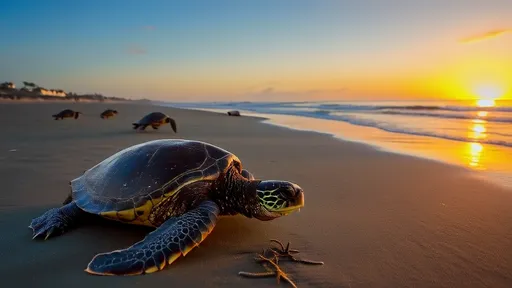
By /Jul 7, 2025

By /Jul 7, 2025

By /Jul 7, 2025
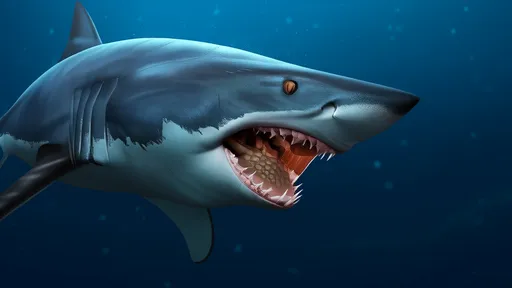
By /Jul 7, 2025
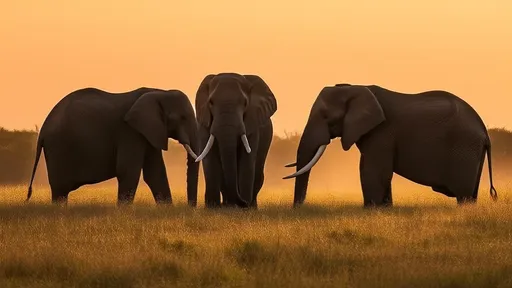
By /Jul 7, 2025

By /Jul 7, 2025
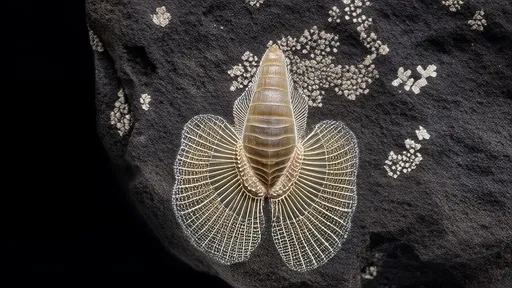
By /Jul 7, 2025

By /Jul 7, 2025
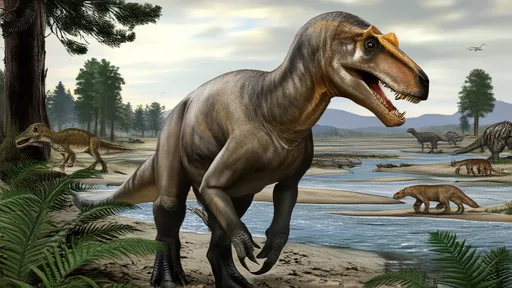
By /Jul 7, 2025
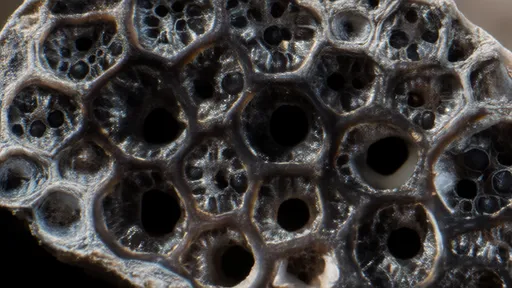
By /Jul 7, 2025
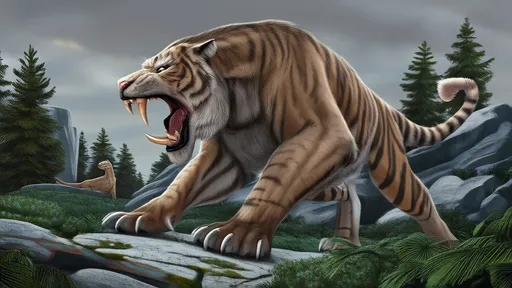
By /Jul 7, 2025

By /Jul 7, 2025
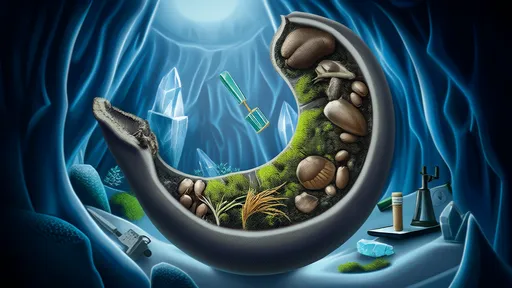
By /Jul 7, 2025
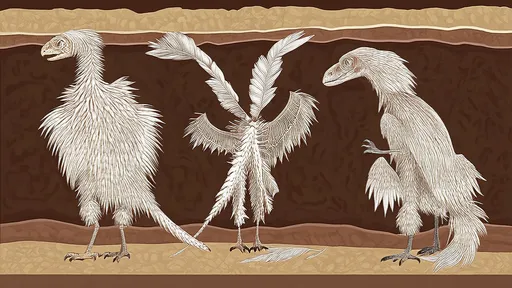
By /Jul 7, 2025
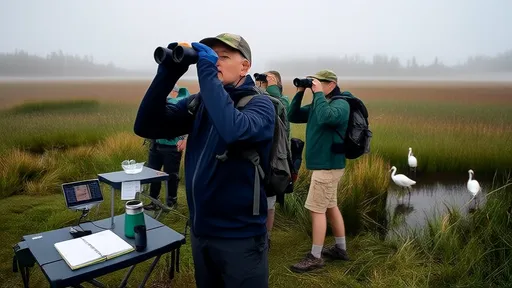
By /Jul 7, 2025

By /Jul 7, 2025

By /Jul 7, 2025
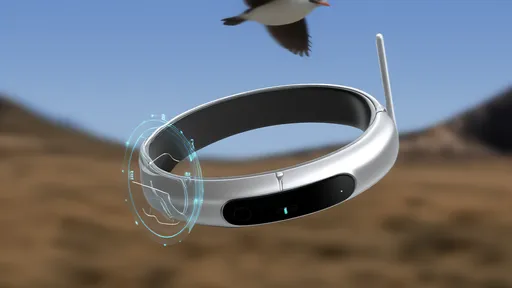
By /Jul 7, 2025